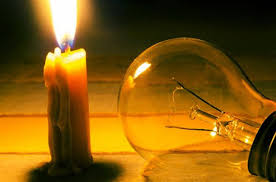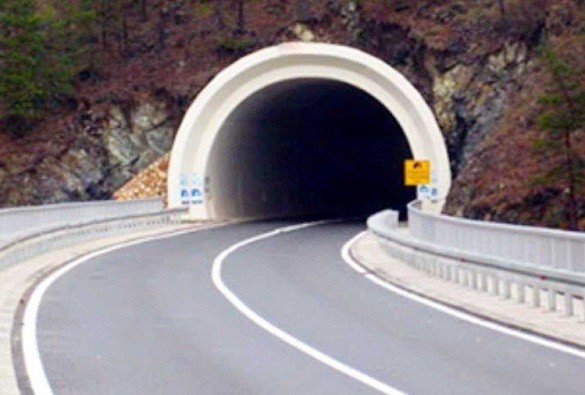Kashmiris have been facing the brunt of power cuts in recent weeks, raising questions about the efficiency of the Kashmir Power Distribution Corporation Limited (KPDCL). Consumers across the valley, from Pulwama in the south to Budgam and Srinagar in central Kashmir, have reported frequent outages, extended curtailments, and unexpected disruptions, casting a shadow over previous promises of improved electricity supply.
This article delves deeper into the current power situation in Kashmir, exploring the reasons behind the outages, the impact on residents, and potential solutions for a more reliable electricity grid.
A Broken Promise? Examining the Consumer Concerns
Many residents, like Rashid Jehangir from Pulwama, point to the disconnect between KPDCL’s promises and the reality they face. Despite paying substantial monthly bills, often exceeding ₹3000-₹4000, they receive electricity for only a few hours a day, significantly impacting their daily lives.
The situation seems particularly paradoxical considering the recent power reforms undertaken by the authorities. Initiatives like installing smart meters and insulated power cables aimed to reduce electricity theft and improve the overall efficiency of the system. However, these efforts appear overshadowed by the current power cuts, with metered areas seemingly bearing the brunt of the issue.
Farooq Ahmad, a resident of Karan Nagar in Srinagar, narrates a frustrating experience where scheduled power cuts were extended far beyond their designated timeframe. This lack of consistency fuels the perception of “concocted promises” from KPDCL, leaving residents questioning the department’s ability to deliver on its commitments.
Unveiling the Cause: Power Deficit or Management Issues?
While acknowledging the concerns, KPDCL officials cite low power availability as the primary reason behind the extended curtailments. Sandeep Seth, Chief Engineer (Distribution) at KPDCL, highlights the discrepancy between current power generation (approximately 1200 MW) and the valley’s requirement of 1600 MW. He assures residents that the situation is expected to improve within a week.
However, the issue seems more nuanced than just a simple supply-demand gap. The significant discrepancy in power cuts between metered and non-metered areas raises questions about KPDCL’s management strategies. While metered areas face curtailments of only two hours, non-metered areas grapple with outages exceeding 10 hours – a stark contrast that demands further explanation.
Furthermore, the Chief Engineer’s statement regarding the “24-hour power supply” promise to smart metered areas appears to have caveats. While acknowledging the commitment, he emphasizes the need for patience during “crisis situations.” This raises questions about the long-term viability of such promises and the need for more transparent communication regarding potential shortfalls.
Ramadan Respite: A Glimmer of Hope?
Interestingly, Seth points to a period of improved power availability during Ramadan, when power distribution reached nearly 1900 MW. This suggests that the system has the capacity to deliver better performance under certain circumstances. Understanding the factors contributing to this temporary improvement could hold valuable insights for long-term solutions.
Beyond the Crisis: Charting a Course for Reliable Power
The current power situation in Kashmir is a significant concern for residents and businesses alike. It’s crucial to address the issue on multiple fronts:
- Infrastructure Upgrade: Investing in modernizing the power grid infrastructure is essential. This includes upgrading power generation plants, transmission lines, and distribution networks to minimize losses and improve efficiency.
- Demand Management: Strategies to encourage responsible energy consumption by residents and businesses can significantly reduce the overall demand on the system. Public awareness campaigns and incentives for using energy-efficient appliances can play a crucial role.
- Renewable Energy Integration: Exploring alternative sources of power generation, like solar and wind energy, can lessen the dependence on traditional sources and contribute to a more sustainable future.
- Transparency and Communication: KPDCL needs to improve communication with consumers by providing clear and timely information regarding power cuts, planned maintenance activities, and the overall power situation.


